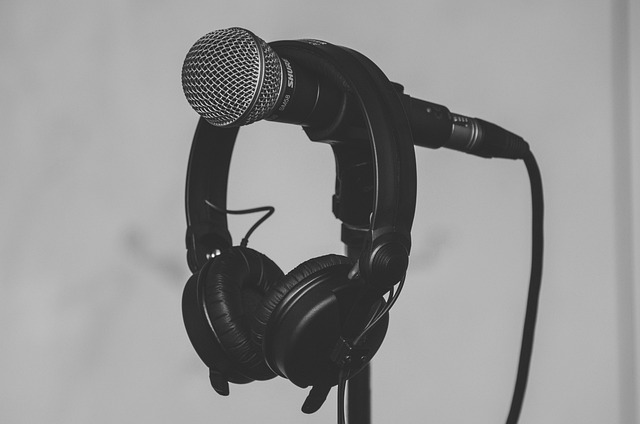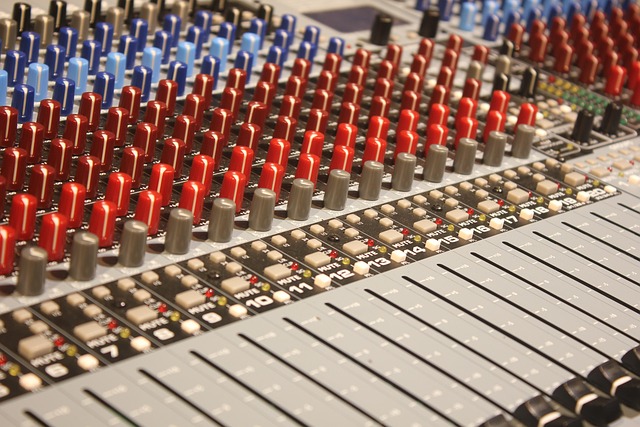Unlocking High-Quality Sound: The Ultimate Guide to Analog-to-Digital Converters in Audio Recording
In the world of audio recording, every detail matters. Whether you’re a seasoned professional or a passionate hobbyist, achieving high-quality sound is the ultimate goal. One crucial component that plays a significant role in this journey is the analog-to-digital converter (ADC). Understanding how these devices work can unlock the potential of your recordings and enhance your audio experience.
What is an Analog-to-Digital Converter?
At its core, an analog-to-digital converter is a device that converts analog signals—think of the rich and warm sounds of a guitar or the subtle nuances of a human voice—into a digital format that your recording software can process. This conversion is essential because computers only understand digital signals. Without a quality ADC, the beauty of your analog sound can easily be lost in translation.
The Importance of High-Quality ADCs
The quality of your analog-to-digital converter can dramatically affect your recordings. Here are a few reasons why investing in a high-quality ADC is vital for any audio recording setup:
- Precision: A superior ADC offers greater bit depth and sampling rates, capturing more detail in the audio. This means your recordings will have a more dynamic range and greater clarity.
- Noise Reduction: High-quality converters are designed to minimize noise and interference, ensuring that the purest sound is captured. This is particularly important in studio environments where background noise can detract from the recording.
- Better Replication of Source Material: With an excellent ADC, the conversion maintains the integrity of the original sound. This allows for a more authentic and realistic listening experience.
Choosing the Right ADC for Your Needs
When selecting an analog-to-digital converter, consider the following:
- Bit Depth and Sample Rate: The higher the bit depth and sample rate, the more information the ADC can capture. For professional recordings, look for at least 24-bit depth and a sample rate of 96 kHz or higher.
- Conversion Type: There are various types of ADCs such as delta-sigma and successive approximation. Each has its advantages, depending on the application, so it’s important to choose one that fits your specific recording needs.
- I/O Options: Ensure the ADC has the right input and output options for your equipment. This can include XLR inputs for professional microphones or USB connections for ease of use with computers.
Setting Up and Using Your ADC
Once you’ve chosen the right analog-to-digital converter, setting it up correctly is crucial. Make sure to follow the manufacturer’s instructions, and don’t overlook the importance of proper cabling, as cheap cables can introduce noise into your recordings.
Before hitting the record button, spend some time calibrating your levels. This ensures that you’re capturing the best sound possible without distortion. Remember, even the most advanced ADC won’t fix poor recording techniques!
Conclusion
The journey toward achieving high-quality sound in audio recording is a fulfilling one. By understanding the vital role that analog-to-digital converters play, you can make informed decisions that will enhance your recordings and keep your audio projects sounding their best.



